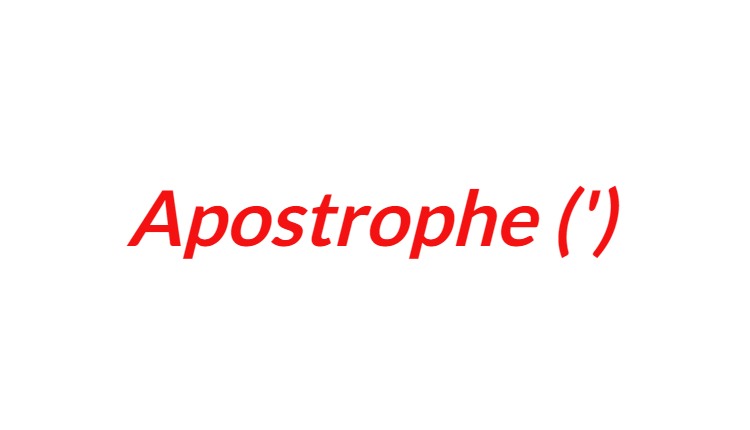
省略号
省略号有多种用途,在此,我将探讨几种最重要的用法。在最后一节中,我会讨论一些最常见的误用类型。
-
-
名词所有格
-
在正式英语中,省略号的主要用途是构成成名词所有格的形式,这类形式可分为两种1。
1a. 单数名词
一般来说,单数名词只须在其后加上 ’s 即可构成所有格,以下为典型例子。
-
-
- Jim’s brother was here.
- This house’s roof needs replacing.
-
尽管前述例句已说明标准结构,但仍有一些例外情况;这些例外结构应用于标准结构形成词语难以发音的情况,这方面的规则如下:首先,例外情形限于词尾为 s 的单词。虽然这类单词加上’s 不见得会产生发音不自然的词语,但多数情况下确实如此。在这种情况下,单词后不加’s,仅加上一个省略号2。
1b. 复数名词
名词复数所有格可分为两类,分别说明如下:
第一类
-
-
- parents’ hometown is near here.
- absorption
-
第二类
-
-
- The deer’s habitat was destroyed by the new factory.
- Those women’s concerns were not addressed.
-
正如例句 (3) 和 (4) 所示,当复数名词词尾为 s 时,只要在词尾加上一个省略号便可得到所有格。即使名词具有不规则的复数形式,如例句 (4)即是如此。当名词复数形式词尾不为 s 时,如例句 (5) 和 (6),情况与单数名词的标准情形完全相同。
-
- 缩略语
省略号的第二种常见用法是缩略语 (例如,doesn’t = does not、she’s = she is、’90s = 1990s)。虽然日常表达中经常使用缩略语,但这种用法相当不正式,因此应避免在学术写作中使用。
-
- 常见的误用类型
省略号经常遭到误用,以下例句将说明最常遇见的误用类型。
-
-
- In these equations, the ai’s represent the coupling strengths.
- In the above passage, there are five b’s and seven z’s.
- The 1920’s saw great progress in this field.
- These PDE’s are solved below.
-
此处列举的用法都不规范,而且在正式英语中被视为错误的用法。如果要修改例句 (7) and (8) 的错误, 势必要进行一定程度的改写;但在例句 (9) 和 (10) 中,只要删除省略号就可以改正问题。以下为上述例句经过修改后的结果。
-
- In these equations, the quantities ai represent the coupling strengths.
(7’) In these equations, the parameters ai represent the coupling strengths. - In the above passage, “b” appears five times and “z” appears seven times.
- The 1920s saw great progress in this field. (10) These PDEs are solved below.
- In these equations, the quantities ai represent the coupling strengths.
1代词所有格 (Possessive pronoun) 属于完全不同的分类。
2如果想要了解更多详细的讨论内容,请参考 http://oxforddictionaries.com/words/apostrophe。
3尽管例句 (7) 和 (8) 中的用法不规范3,但现在许多“style guides”认为这几种用法还在可以接受的范围;不过,这通常会导致文章内容过于口语或不够纯正,因此应避免使用。






